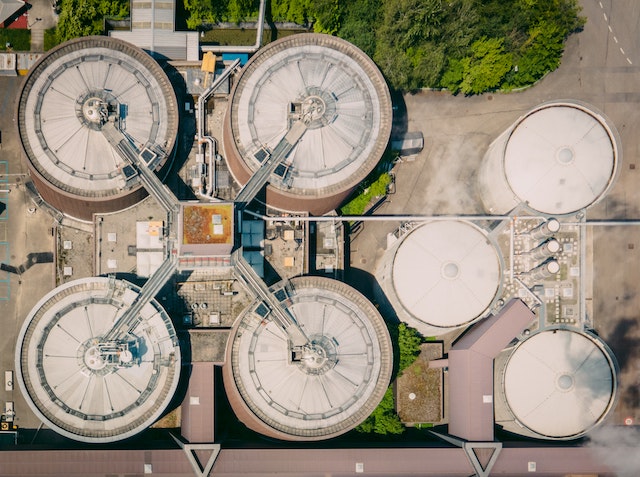On November 16, Cecil County representatives joined Port Deposit Town officials to officially open the new sewer treatment facility valued at $10 million, according to Cecil Daily. Port Deposit town council member, Tom Knight, said, “It’s nice to see a project go from something written on paper to reality.” For Knight, the completion of the project brings a sense of relief after more than a decade since Port Deposit transferred its wastewater services to Cecile County.
According to Danielle Hornberger, Cecil County Executive, “We are delighted to see the next level of sewer technology in Port Deposit.” Hornberger adds that the improved nutrient removal system will promote the discharge of cleaner wastewater in the Chesapeake Bay and Susquehanna Rivers. Below are highlights regarding Maryland’s sewer problems and what can be done.
Maryland’s Sewage Plants Discharge Polluted Wastewater In Rivers
Sewage leaks and overflows have been polluting Baltimore’s waters for some time. However, the city is facing a new wastewater pollution problem. For over a year, unkempt municipal sewage treatment plants have been discharging gallons of contaminated wastewater in rivers that pour into the Chesapeake Bay. After discovering high bacteria levels by a watchdog group, an inspector from the environment department found anomalies and violations at Maryland’s two sewage treatment plants. The inspector discovered a staffing shortage, the main treatment equipment was malfunctioning, and careless sampling for toxic contaminants in wastewater.
Baltimore Sewage Backups
Heavy rains have a significant impact on infrastructure, from flooding transportation systems to causing leaks inside homes. But in Baltimore, the situation is more stressful. Besides causing gallons of wastewater to flood urban streams, the outdated sewer system causes raw sewage backups in Baltimore homes. In fact, over 5,000 sewage backups are reported every year.
When sewage overflows occur, they not only damage property but also put your health at risk. For this reason, homeowners are advised to get some assistance from professional sewage backup cleaners. These professionals understand the health risks of sewage overflows and use their expertise to clean, dry, and disinfect walls, carpets, floors, ceilings, and padding to prevent mold and health disorders.
Sewage Upgrades To Reduce Overflow
Upgrading sewage treatment facilities is a sure way of reducing backups and overflows in residential homes. It’s also key to reducing the amount of polluted discharge that flows into rivers. For instance, Baltimore’s water treatment facility upgrade is expected to reduce overflows by 80%. The proposed project will boost wastewater treatment capacity to ensure the plant can handle the excess overflow.
In addition to damaging property, sewage backups and overflows increase health risks and pollute water sources. In a bid to prevent water pollution, city officials across Maryland are paying more attention to sewer plant upgrades. By upgrading outdated systems, treatment plants can handle excess overflows and reduce the discharge of toxic contaminants in rivers.







Recent Comments